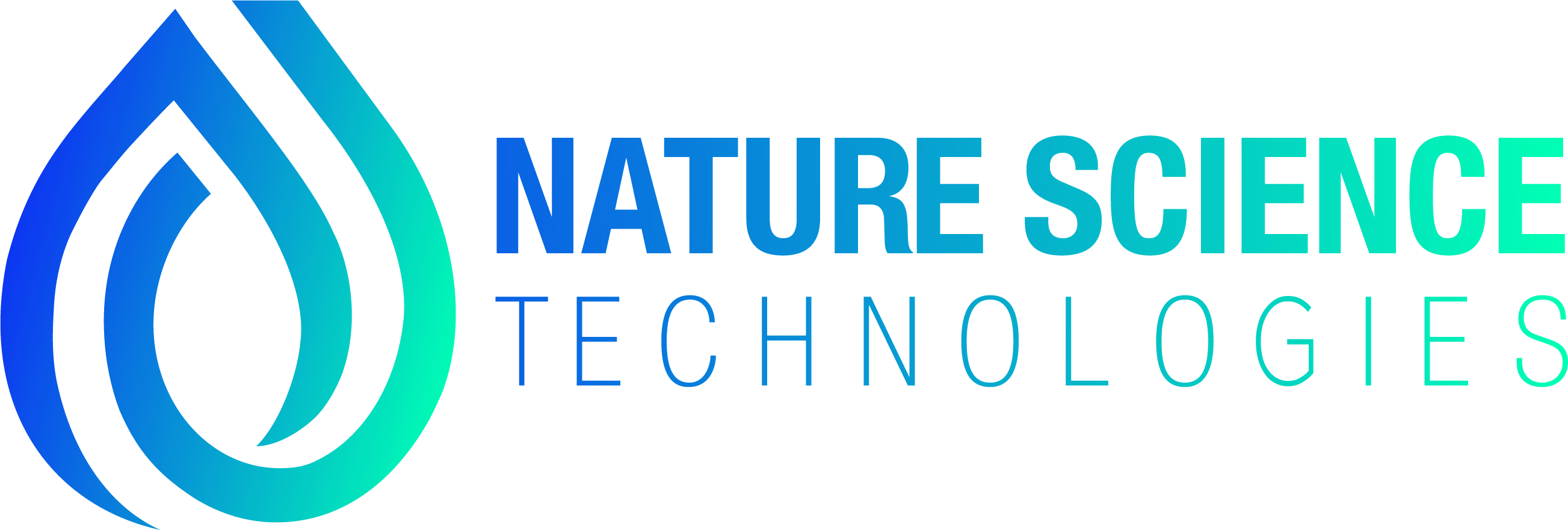Research shows that betulin shows high activity towards cancer, HIV, shows anti-inflammation properties etc. Poor solubility is one of the main reasons to its limited activity in biological systems. By introducing carboxylic group like in betulinic acid, it already shows higher activity. Currently with a goal, to improve biological activity, there have been synthesized several betulinic acid analogs.
Indolobetulinic acid analogs
In search of compounds against various cancer cell lines, the introduction of indole group at C(2) and C(3) position improved biological activity. These 2,3-indolobetulinic acid analogs showed more than 2 times higher activity than betulinic acid on various cell lines. IC50 values (µg/ml) on PA-1 cell line were increased from 11.53 to 6.01, on DU145 from >20 to 8.86, SW620 from 13.26 to 5.15 and MIAPaCa from >20 to 6.7. Introduction of electron deficient chloro- substituent at indole ring 2,3-(4-chloroindolo)betulinic acid increased activity furthermore by 2-3 times than 2,3-indolobetulinic acid (DOI: 10.1016/j.bmcl.2008.08.003).
Further use of 2,3-indolobetulinic acid by converting it amides from 2,3,-indolobetulinic acid chloride can further increase activity. 2,3-indolobetulinic glycine amide can further increase activity on several cell lines, showing exceptional activity on MIAPaCa cell lines – IC50=0.67. That is almost 10 times better than betulinic acid.
Betulinic acid – 1,2,3-triazole derivatives
1,2,3-triazoles are known in medicinal chemistry as a very useful structural element. Triazoles show high stability under hydrolysis, oxidative/reductive conditions and makes them attractive unit to replace amide bonds. Further, triazoles can enhance activity as they show anti-HIV, anti-inflammatory, anti cancer activity. They can show very high activity in combination with betulin.
In search of potent anticancer substances betulinic acid analogs with 2-azidoethylamine was combined with desired alkynes. Obtained triazole derivatives showed IC50=1.43 on MIAPaCa cell line and 0.81 on 4T7 cell lines accordingly (DOI: 10.1016/j.tet.2016.11.056.)
On the other hand, betulinic acid analogs that form propargylester was used to make inversed 1,2,3-triazoles to create betulinic acid glucose hybrids. These obtained hybrids showed properties to stimulate immune system for faster maturation of antibodies. Obtained triazoles showed comparable activity to already used aluminium salts (DOI: 10.1002/ardp.201500143).
Similarly to previous, betulinic acid analogs that form propargylamide was used to create potential therapeutic agents against KB and Hep-G2 cell lines. Obtained 1,2,3-triazole derivatives from azidothimidine showed 2 times activity of betulinic acid with IC50 values 4.6 and 3.5 correspondingly (DOI: 10.1016/j.tetlet.2014.11.069).








